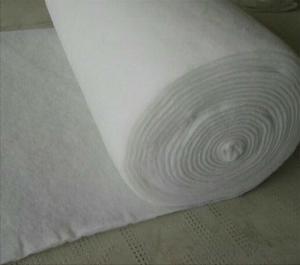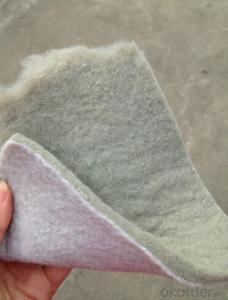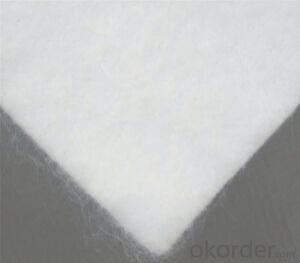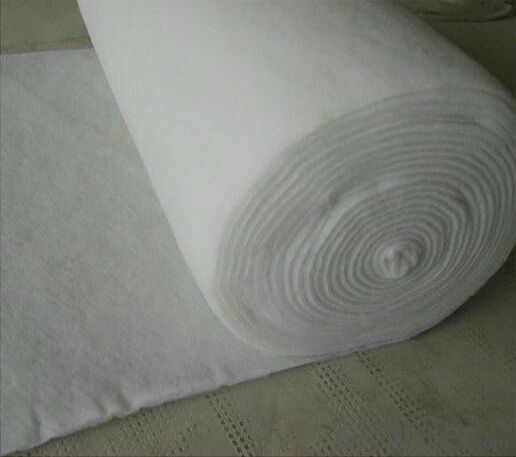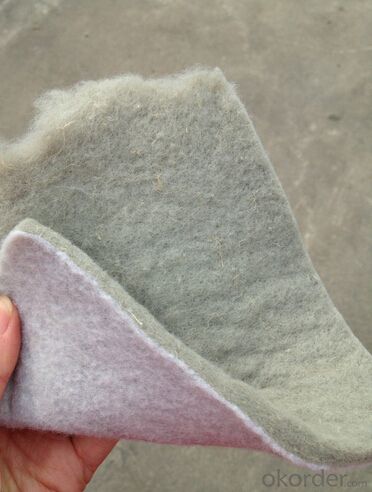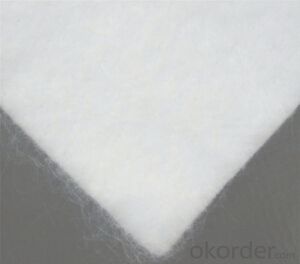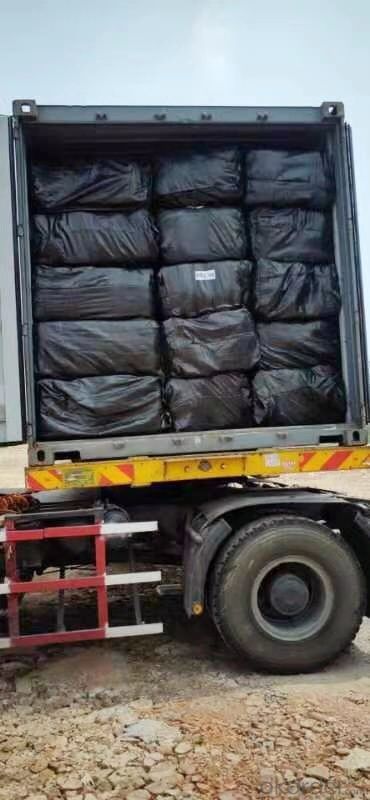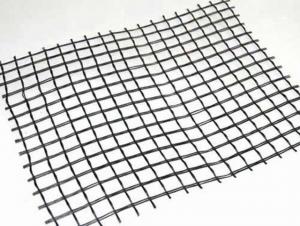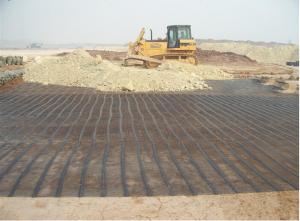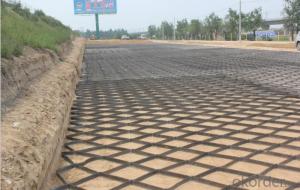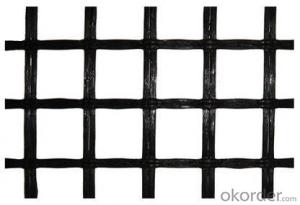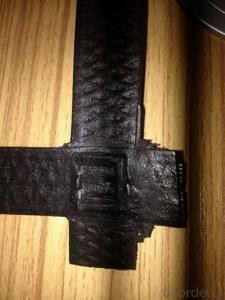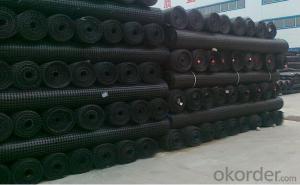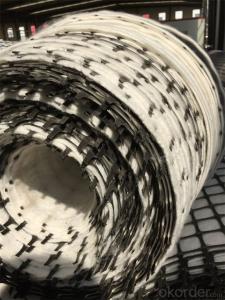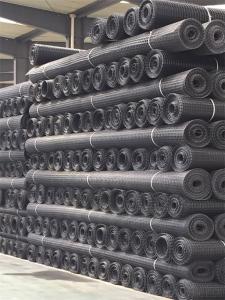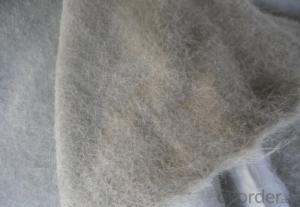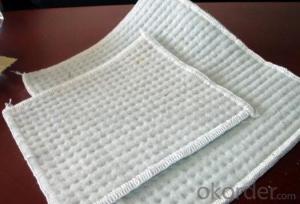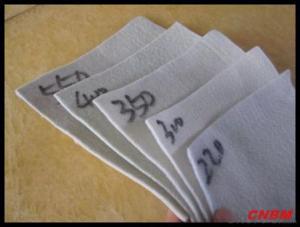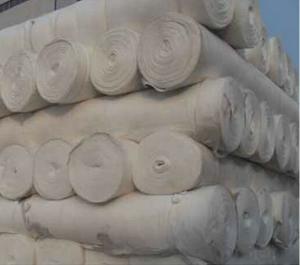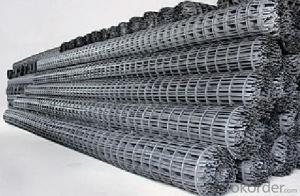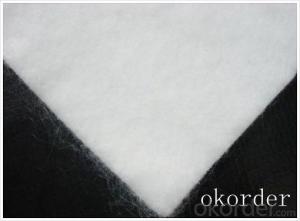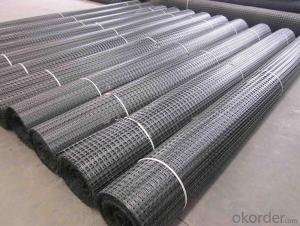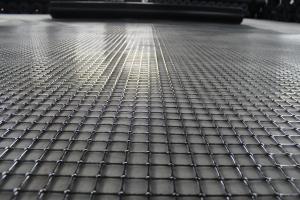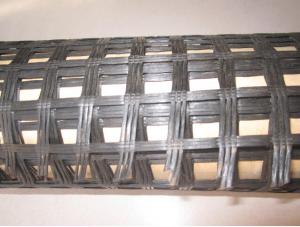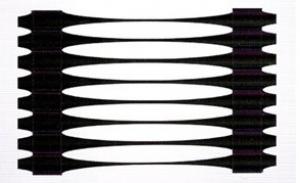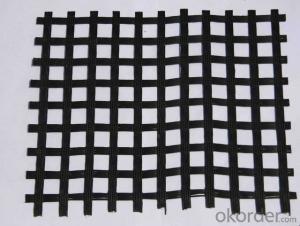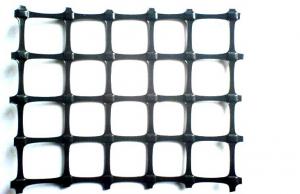Geogrids for Roads - Planting Grass Nutrition Geotextile Nonwoven Geotextile Professional Geotextile Membrane
- Loading Port:
- Qingdao
- Payment Terms:
- TT OR LC
- Min Order Qty:
- 5000 m²
- Supply Capability:
- 2000000 m²/month
OKorder Service Pledge
OKorder Financial Service
You Might Also Like
Nutrition geotextile in water environmental engineering .
Specification:
Planting grass geotextile has the very good fabric clearance, good adhesion ability soil particles
Product Feature:
1. Simple and fast construction
2. Achieve the greening effect quickly after construction
3. Due to the grass and composite fiber fabrics become into one integration, so it has the ability of certain degree of flow resistance for the water rising before the grass survive.
4. Composite fiber fabric is a continuous structure from slope top to slope toe, both ends are fixed, has high water flow resistance.
Technical Specification
5.0 m length and 1.05 m width. Reverse side all used filter material. Grass seeds: Bermuda grass (warm season grass), Bahia grass (warm season grass), Kentucky bluegrass (cold season grass), Tall fescue grass (cold season grass), Red fescue grass (cold season grass). Plant height: 0.1 ~ 0.5 m.
| NO. | Items | Specification | Notes | |||
| 1 | Total unit area weight g/sq.m | ≥380 | ||||
| 2 | dimension | width m | 1.0~2.0 | |||
| length m | as per user’s request | |||||
| 3 | Composite fiber fabrics | Material | Polyester Fiber | High strength PET | ||
| Unit area weight g/sq.m | ≥160 | |||||
| Mesh dimension mm | 8×8 | |||||
| Extension strengh kn/m | ≥11 | MD & CD | ||||
| 4 | Filtra layer | Material | Polyester non woven geotextile | |||
| Unit area weight g/sq.m | ≥40 | |||||
| 5 | Grass seeds, Fertilizer | Type | According to actual situation choose 3~5 grass seeds | |||
| Plant height m | 0.1~0.3 | |||||
| 6 | Fiber layer | Material | wood pulp cellulose | |||
| Unit areaweight g/sq.m | ≥15 | |||||
| 7 | flow resistance | ≥4 | not allow appear scour, suction and blanket turn-over etc. damage phenomenon | |||
| M/s | ||||||
| 8 | Anti-UV strengh conservation rate % | 65~80 | 3000hrs Continuously exposure 3000hrs | |||
| 9 | Supporting spare parts | ABS fastening nail | Material | ABS Resin | Fixed between two blankets by length direction | |
| Fiber diameter mm | 35 | |||||
| Nail length mm | 325 | |||||
| Lnail | Material | Steel wire (content 10% zinc-aluminium alloy) | Used to fix single blanket | |||
| Fiber diameter mm | 4 | |||||
| Nail length mm | 200 | |||||
| ABS connecting nail | Material | ABS Resin | Used in the slope between the two blankets ( width direction) | |||
| Nail length mm | 38 | |||||
| Connecting fiber | Material | High strength Polypropylene | Used in the slope between the two blankets ( width direction) | |||
| Length mm | Cut as per request | |||||
APPLICATION:
Generally laid on the river channel, slope protection etc. slope revetment projects, to control the water erosion, soil loss, meantime can reach the effect of slope ecological restoration and landscape greening, making river back to natural.
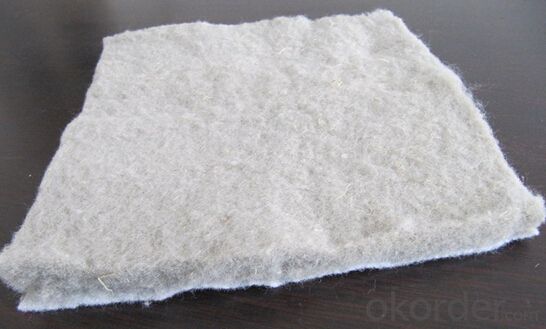
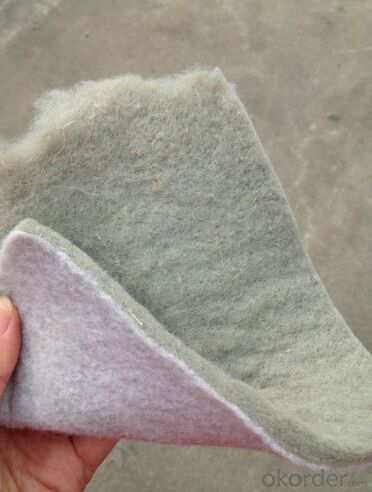
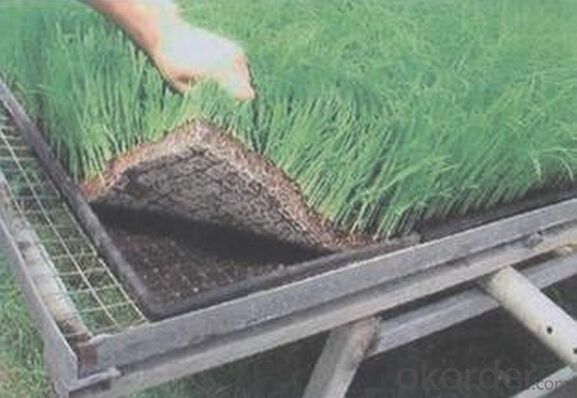
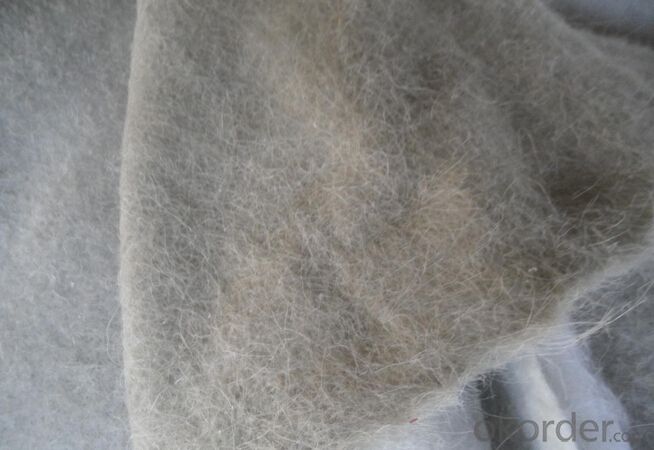
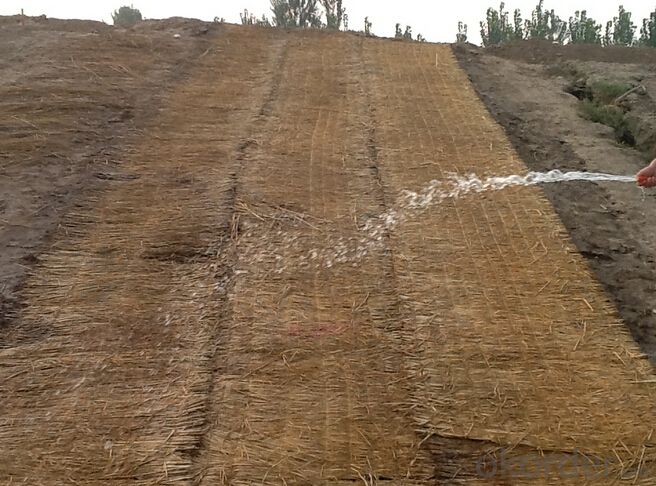
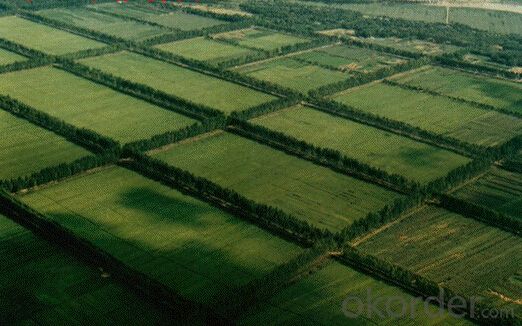
- Q: Are geogrids resistant to puncture?
- Yes, geogrids are typically resistant to puncture due to their durable construction and materials used. They are designed to withstand various stresses and loads, including sharp objects and heavy loads without getting punctured.
- Q: What is the lowest price of two-way plastic geogrid?
- General price to 25KN between 3.6-4.5, 30KN in about 5.5
- Q: Can geogrids be used in retaining wall drainage systems?
- Yes, geogrids can be used in retaining wall drainage systems. Geogrids provide reinforcement to the soil and help to prevent soil erosion and slippage. They can be used to enhance the stability and longevity of retaining walls by improving the drainage system, reducing hydrostatic pressure, and allowing water to flow through the soil behind the wall.
- Q: Can geogrids be used in reinforcement of embankments on collapsible soils?
- Yes, geogrids can be used in the reinforcement of embankments on collapsible soils. Geogrids provide tensile strength and stability to the soil, preventing it from collapsing under the weight of the embankment. Additionally, they help distribute the load more evenly, reducing the risk of differential settlement.
- Q: Can geogrids be used in reinforcement of rail embankments and cuttings?
- Yes, geogrids can be used in the reinforcement of rail embankments and cuttings. Geogrids are commonly utilized in civil engineering projects to improve the stability and strength of soil structures. By incorporating geogrids into rail embankments and cuttings, the soil is effectively reinforced, preventing erosion, reducing settlement, and enhancing overall stability. This reinforcement technique helps to ensure the longevity and safety of rail infrastructure.
- Q: How to fill in the geogrid evaluation form
- Detection method and frequency in accordance with the requirements, the other reference to your command requirements!
- Q: Are geogrids suitable for use in soil reinforcement for coastal protection structures?
- Yes, geogrids are suitable for use in soil reinforcement for coastal protection structures. Geogrids are commonly used in such applications as they provide excellent reinforcement to the soil, improving its stability and resistance against erosion caused by waves and tides. They offer high tensile strength, durability, and resistance to harsh environmental conditions. Additionally, geogrids can be easily installed and integrated into various coastal protection systems, making them an effective solution for reinforcing soil in coastal areas.
- Q: How do geogrids help in reducing the need for excavation and grading?
- Geogrids help in reducing the need for excavation and grading by providing reinforcement and stabilization to the soil. They are typically installed within the soil layers to enhance its strength and prevent erosion. By distributing the load and increasing the bearing capacity of the soil, geogrids minimize the requirements for extensive excavation and grading, saving time and costs in construction projects.
- Q: How much is the geogrid 100KN
- All in price
- Q: Can geogrids be used in retaining wall reinforcement systems?
- Yes, geogrids can be used in retaining wall reinforcement systems. Geogrids are commonly used to improve the stability and strength of retaining walls by providing additional support and preventing soil erosion. They are typically placed within the soil layers of the retaining wall to enhance its structural integrity and prevent the movement of soil behind the wall.
Send your message to us
Geogrids for Roads - Planting Grass Nutrition Geotextile Nonwoven Geotextile Professional Geotextile Membrane
- Loading Port:
- Qingdao
- Payment Terms:
- TT OR LC
- Min Order Qty:
- 5000 m²
- Supply Capability:
- 2000000 m²/month
OKorder Service Pledge
OKorder Financial Service
Similar products
Hot products
Hot Searches
Related keywords
